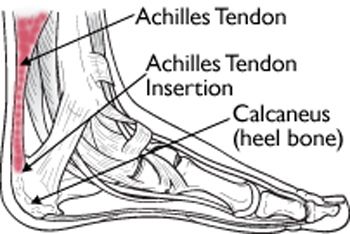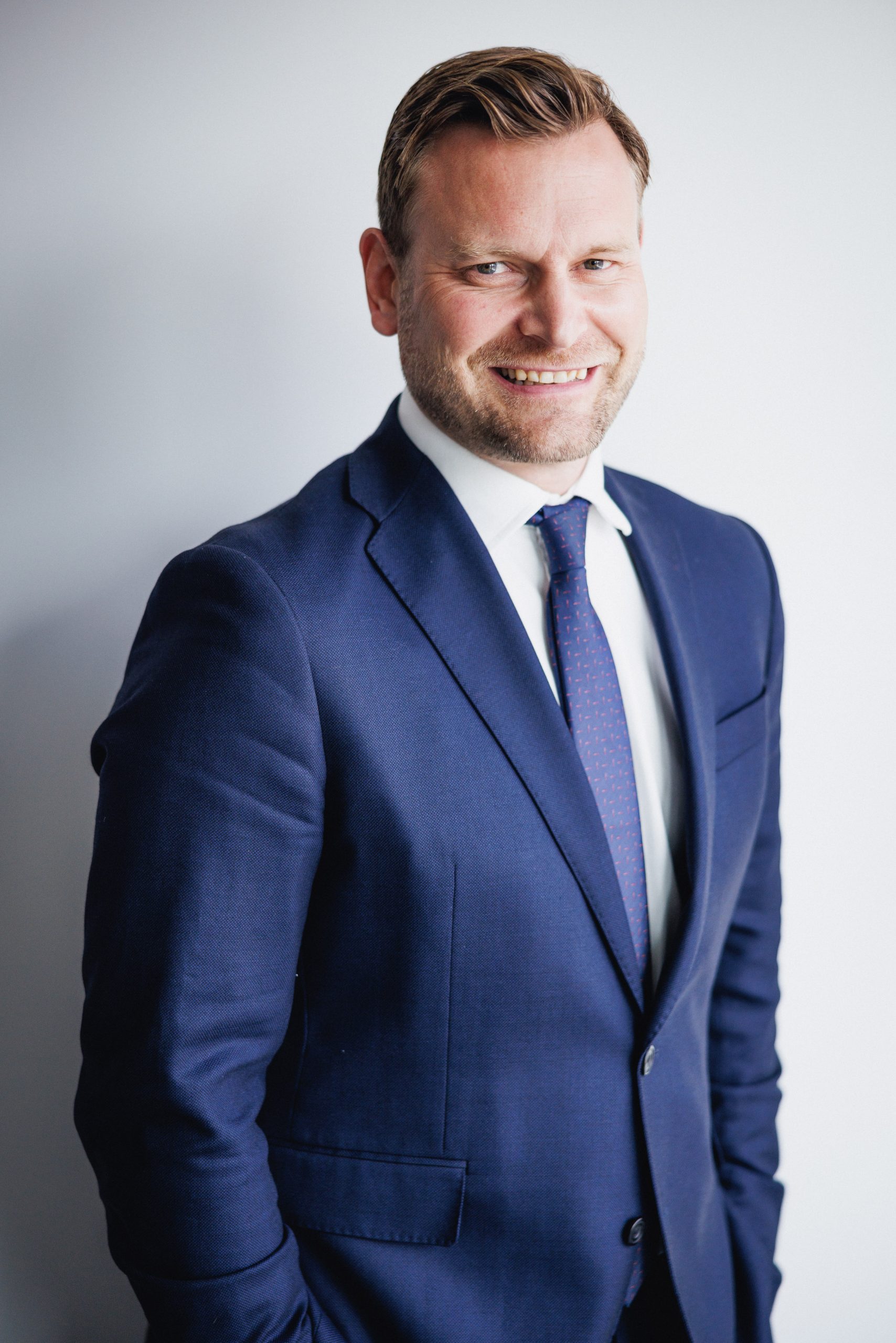What is Insertional Achilles tendinopathy?
Insertional tendonitis involves inflammation at the point where the Achilles tendon inserts into the heel bone.
In basic terms, Insertional Achilles tendinopathy is a disease of the Achilles tendon at the site of its insertion to the heel bone (calcaneum) at the back of the foot.
What are the symptoms of Insertional Achilles Tendinopathy?
A patient will often complain of pain on the first few steps in the morning or after periods of rest. The pain is often sharp and very debilitating. This is often accompanied by a palpable swelling at the back of the heel. This can be very tender to the touch and make wearing shoes quite uncomfortable. Pain is often better when wearing a heel raise or open-backed shoes.

How is Insertional Achilles Tendinopathy diagnosed?
Clinical examination by a foot and ankle specialist is the key to an accurate diagnosis. X-rays may well demonstrate calcification in the tendon near the heel bone (calcaneum). This is what causes the significant swelling at the back of the heel. Early stages of the disease may only be picked up on ultrasound scans or an MRI. These may demonstrate inflammation of the tendon as it inserts to the heel. Inflammation of the bursa in front of the tendon is also often seen.
How is Insertional Achilles Tendinopathy treated?
Most individuals will recover well with the help of a physiotherapist. In addition to general foot and ankle rehabilitation, the physiotherapist will look at calf tightness as this has been shown to be a big driver of the symptoms. If a patient remains tight in the calf and symptomatic despite physiotherapy, a small procedure on the back of the calf called a proximal medial gastrocnemius release can take away tension in the calf and significantly improve symptoms.
Injection therapy can also play a role especially of the main source of inflammation is in the bursa in front toft h tendon. Shockwave therapy can also be of benefit but is less successful than in other heel pain pathologies.
Surgery to the back of the heel is the last resort but may well be necessary if the lumps on the back of the heel are the main problem. Surgery will normally involve detaching the tendon from the heel, shaving off any new bone growth and then repairing the tendon.
If you or someone you know has suffered an injury or is experiencing pain across their lower limbs or difficulty with mobility and would like a consultant-led review, please contact us. Grosvenor Orthopaedics have extensive experience in the treatment of knee-related injuries with excellent patient outcomes.
BOOK NOW
Grosvenor Orthopaedics have extensive experience in the treatment of foot & ankle -related injuries with excellent patient outcomes.
FOOT & ANKLE CONDITIONS
If you would like to learn about other foot & ankle conditions click the button below to find out more
FOOT & ANKLE TREATMENTS
If you would like to learn about other foot & ankle treatments click the button below to find out more
our specialist FOOT & ANKLE consultants
Foot & ankle care at Grosvenor Orthopaedics is lead by Mr Tim Sinnett. A graduate of Cambridge and Imperial College medical schools and leading academic and trauma consultant for Chelsea and Westminster NHS trust. He is further supported by the orthopaedic team here including other consultant surgeons, nurses and care staff.
Our team are well placed to manage and treat a diverse range of foot and ankle concerns utilising cutting edge diagnostic technology and treatment approaches, both surgical and conservative. Below is an overview of some of the conditions we treat but for a more thorough understanding please contact our team here
What some of our patients say
Mrs EL
Thank you for taking great care of me throughout the whole operation process! My recovery has been much faster than anticipated and I am pain free after such a long time!


